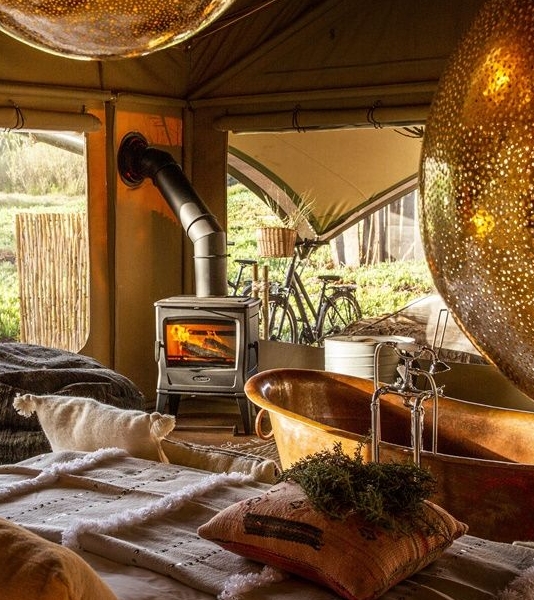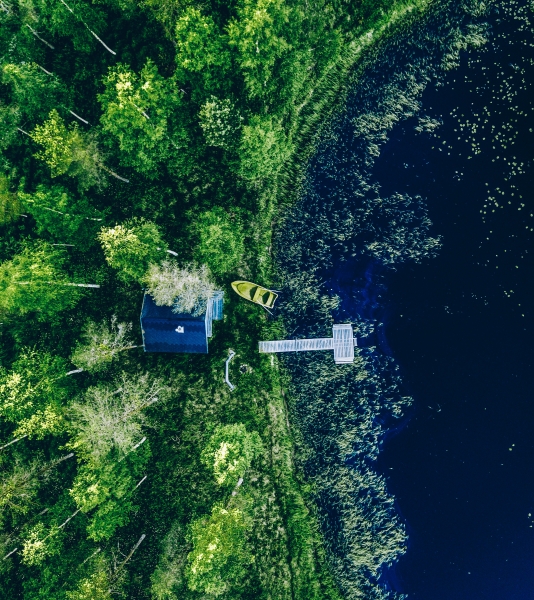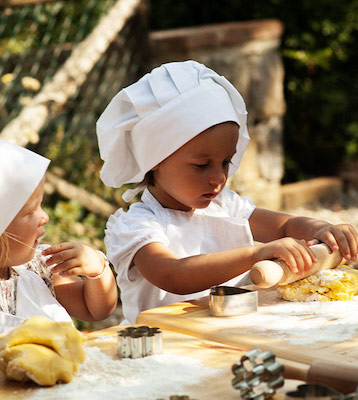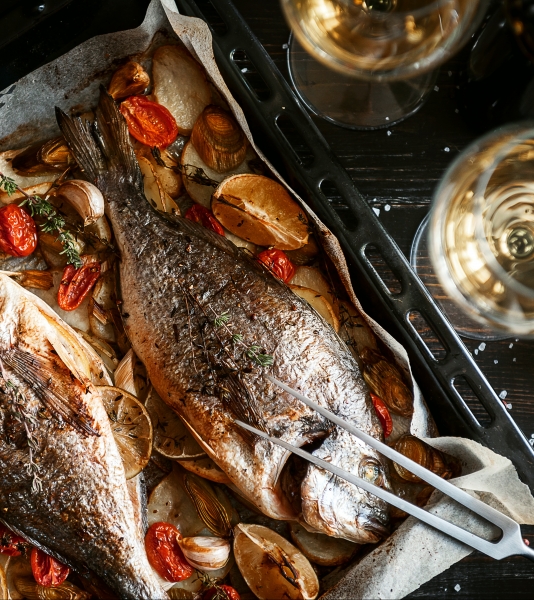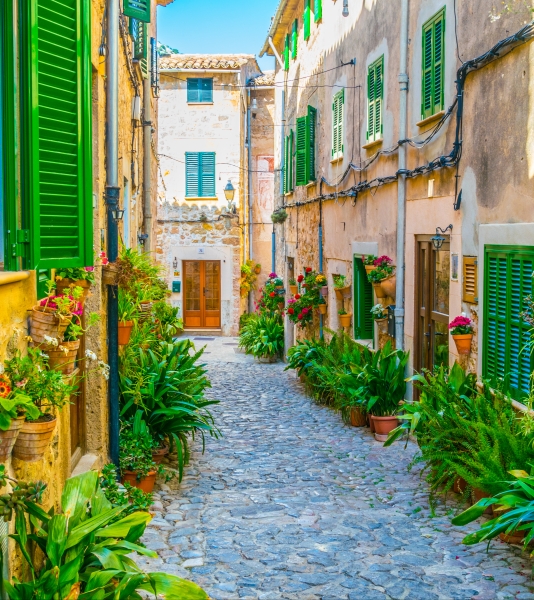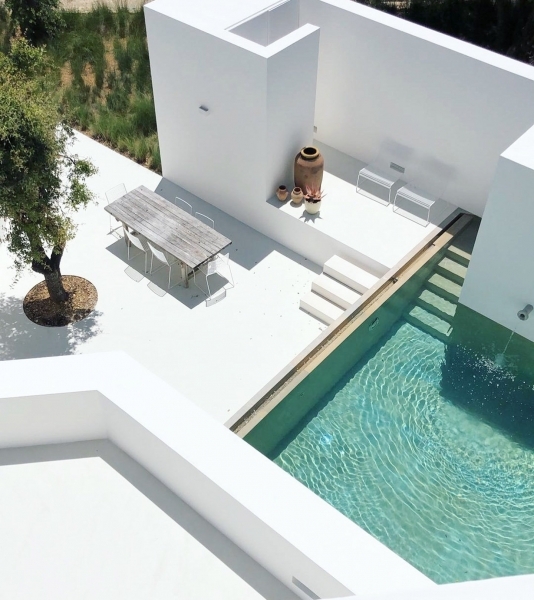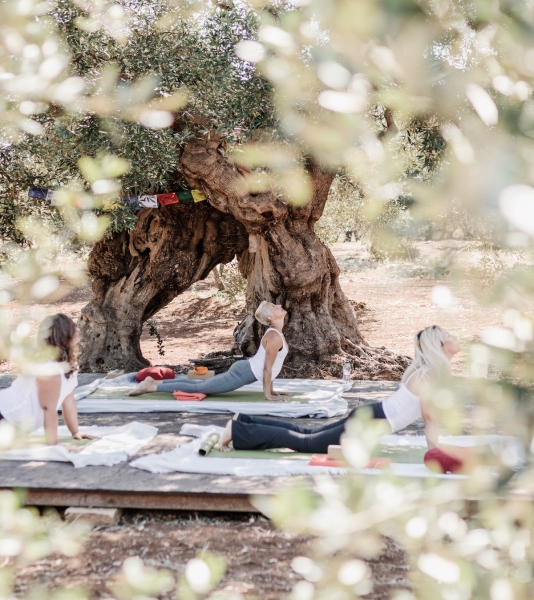Cantabria - beaches and snow capped mountains
Cantabria is divided into two distinct natural regions. The coastal area, with some 200 kilometres of shoreline, cliff lined coast, fine beaches and Atlantic forests, together with the mountainous inland area, which takes in snow capped mountain peaks, deep valleys, numerous rivers and - the jewel in the crown – part of the magnificent Picos de Europa National Park.
Its natural setting and humid climate has made it one of the most verdant regions in the country and like much of northern Spain, Cantabria is an excellent location for trekking, caving and climbing. Man made jewels include some fine towns such as the capital Santander, elegant summer resorts, coastal towns and many traditional stone villages.
Cantabria where to stay
Our selection of boutique hotels and small country inns in Cantabria reflects the wide range of activities and things to do in this region. Choose from bed & breakfasts, manor houses, luxury Cantabria hotels, amongst others. Whatever your taste, we’ll help you find that perfect getaway in Cantabria
Gastronomy
Cuisine in Cantabria is simple and based on a wide variety and quality of ingredients. This diversity can be said to mirror the division of Cantabria into sea and mountain areas, but there is one constant - high quality local, seafood and fish. If on the coast, try the gooseneck barnacles at Somo, Ajo, Langre, Suances and Liencres.
Fine fish include sardines, sea bream, sole, turbot, hake, etc. Salmon and trout from the Nansa, Deva, Pas and Ansón rivers are well known for their quality. As for meat, some of the best-known specialities include the “cocido montañés”, or mountain stew, which is prepared with white beans, brassica cabbage and pork.
The red meat from Tudanca is also particularly good. The assortment of cheeses in Cantabria, some of which are still produced in time-honoured fashion, are worthy of note. These include the Picón cheese and the equally famous Aliva smoked cheese, and those from Lebeña, Pido, Cabuérniga, Pas, etc. At the end of a meal, dessert goes well with a shot of liqueur, called Orujo or the local Aguardiente (firewater – very strong), or with a Tostadillo from Liébana, the only winegrowing district in the region.
Our collections
Don’t know where to go? Let our collections inspire you.


